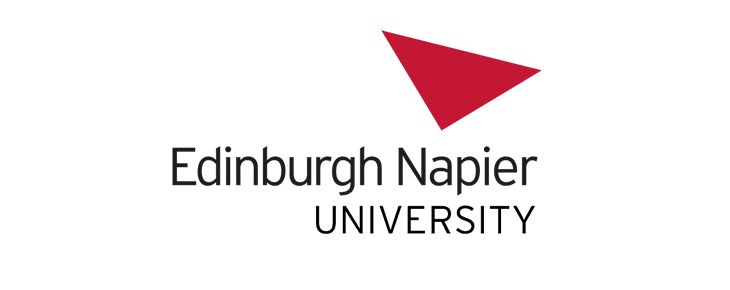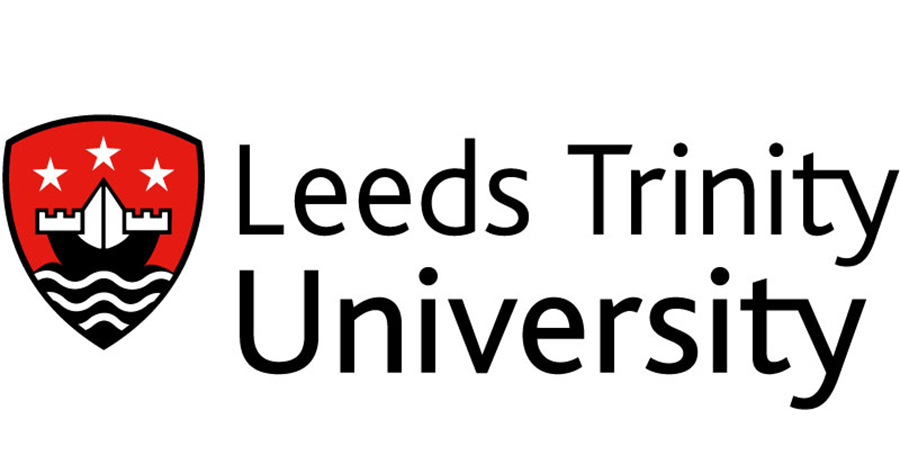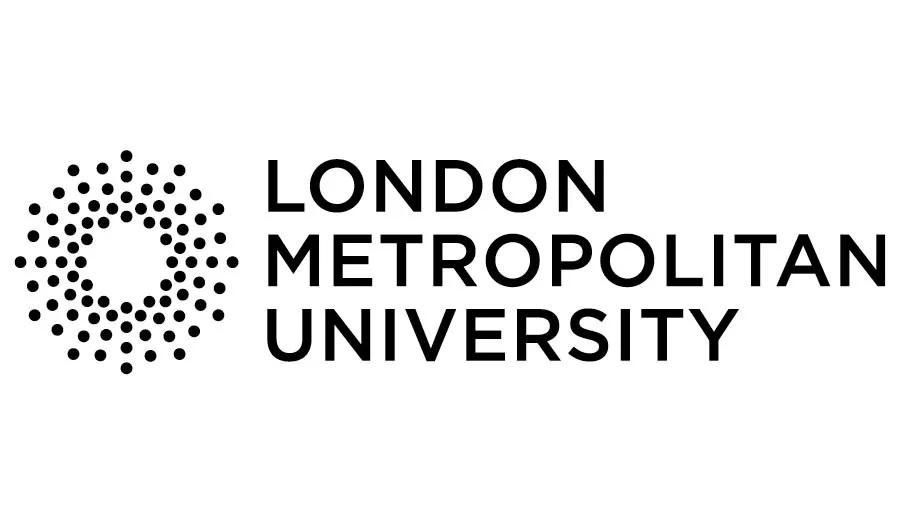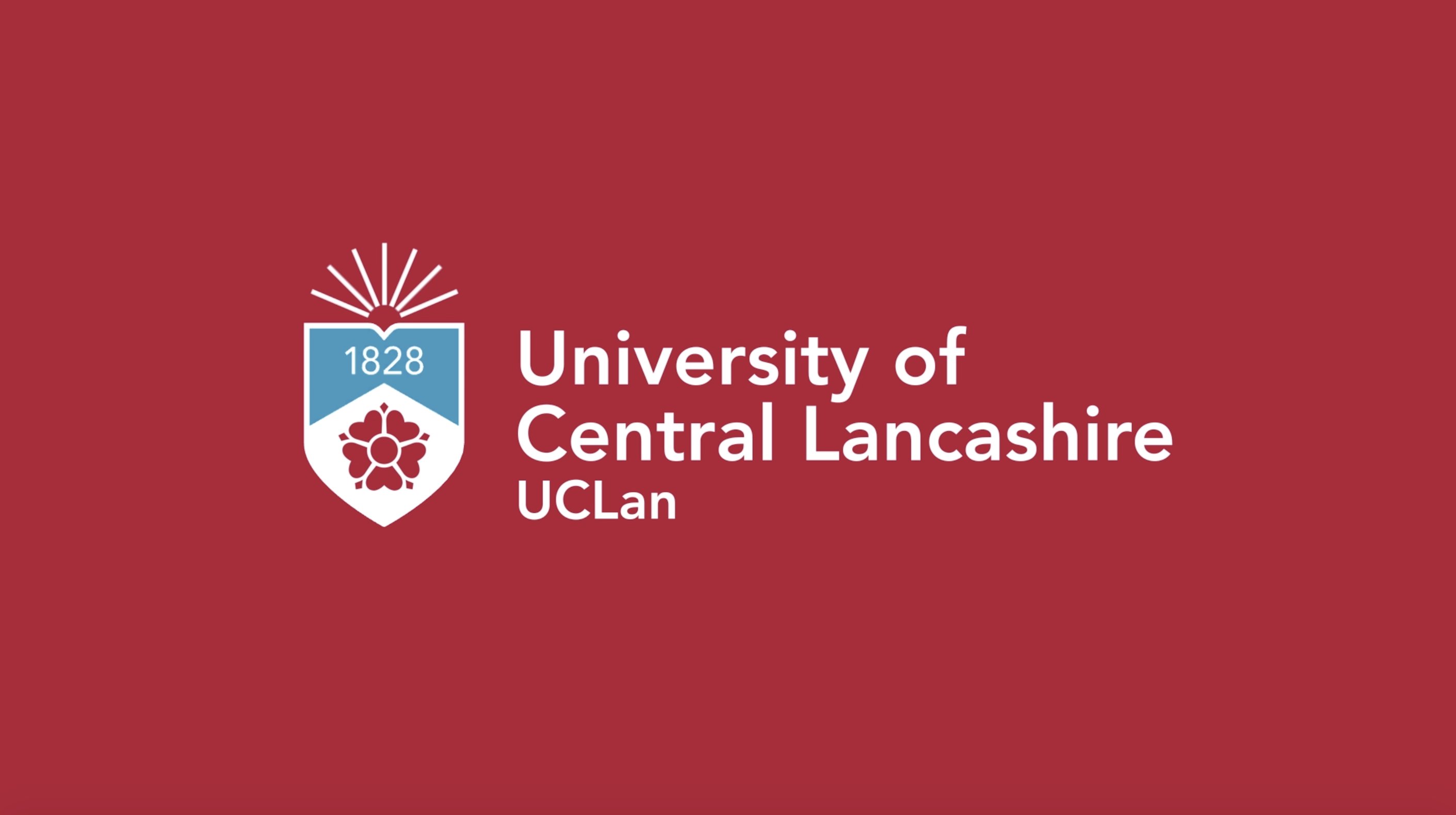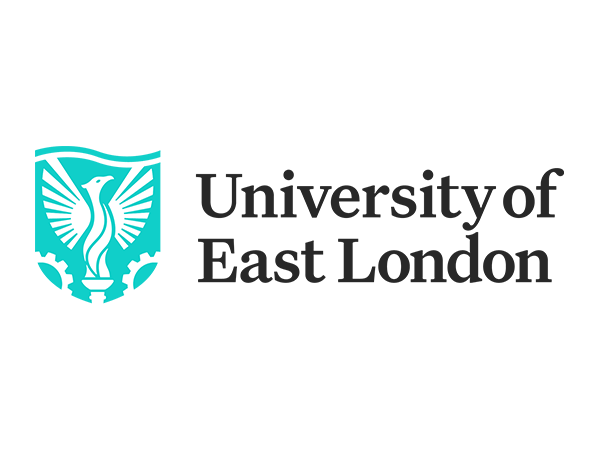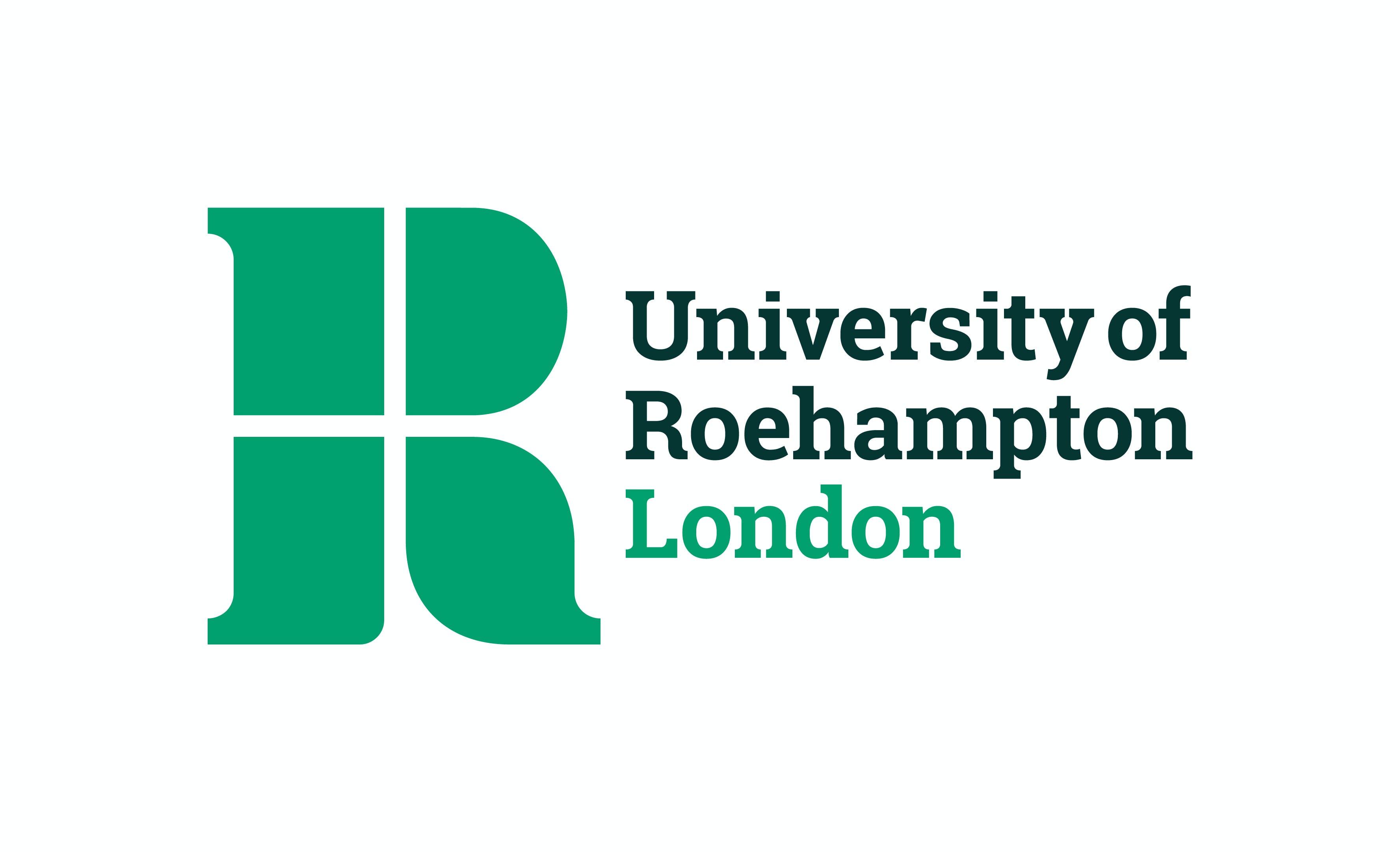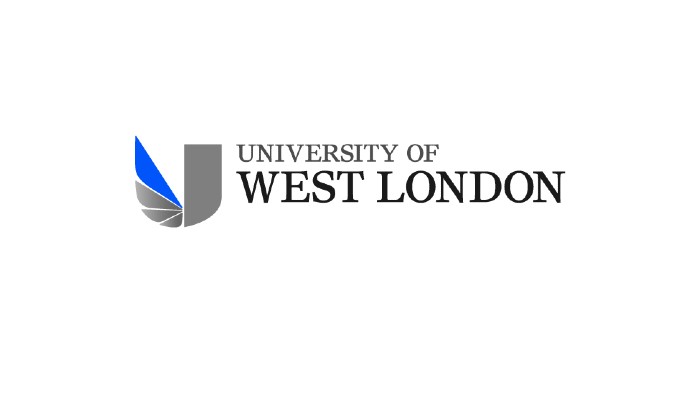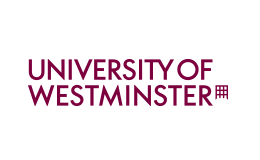Study Photography Abroad: Unlock Your Creative Potential
Are you an Indian student passionate about capturing the world through a lens? Studying Photography abroad offers an unparalleled opportunity to hone your skills in a global environment, surrounded by diverse cultures, cutting-edge technology, and renowned mentors. From the bustling streets of New York to the artistic hubs of London, international programs in Photography provide hands-on training, theoretical knowledge, and real-world exposure that can elevate your career in this dynamic field. This guide explores everything you need to know about pursuing a Photography course overseas, tailored specifically for aspiring Indian photographers.
Why Study Photography Abroad as an Indian Student?
For Indian students, studying abroad in Photography isn't just about learning techniques—it's about breaking free from conventional boundaries and embracing innovation. India has a rich photographic heritage, from wedding photography to documentary styles, but global education exposes you to international trends, advanced equipment, and diverse perspectives that are hard to find back home.
- World-Class Facilities: Access state-of-the-art studios, darkrooms, and digital labs equipped with professional-grade cameras like Canon EOS, Nikon D series, and drones for aerial shots—resources often limited in Indian institutions.
- Cultural Diversity: Photograph iconic landmarks, festivals, and multicultural communities, enriching your portfolio with global narratives. Imagine capturing the vibrant Diwali celebrations in Sydney or street art in Berlin.
- Industry Connections: Many programs include internships with top agencies like Magnum Photos or National Geographic affiliates, opening doors to international networks that can boost your resume for jobs in India or abroad.
- Scholarships and Funding: Indian students can apply for scholarships like the Fulbright Program (USA), Chevening Scholarships (UK), or Australia Awards, reducing costs significantly. Programs often cover tuition from INR 10-20 lakhs per year, with living expenses around INR 8-12 lakhs.
- Personal Growth: Living independently abroad builds resilience and adaptability, essential for freelance photographers navigating competitive markets.
According to a 2023 survey by the British Council, over 1.3 million Indian students studied abroad, with creative arts like Photography seeing a 25% rise in enrollments due to post-pandemic demand for visual storytelling.
Popular Destinations for Photography Courses
Choosing the right country can make all the difference. Here's a comparison of top destinations, focusing on program quality, costs, and visa ease for Indian students:
| Country | Top Universities | Duration & Degree | Average Annual Cost (INR) | Visa Success Rate for Indians |
|---|---|---|---|---|
| USA | Rochester Institute of Technology (RIT), School of the Art Institute of Chicago | 4 years (BFA), 2 years (MFA) | 25-40 lakhs | 85% (F-1 visa) |
| UK | University of the Arts London (UAL), Glasgow School of Art | 3 years (BA), 1 year (MA) | 15-25 lakhs | 90% (Tier 4 visa) |
| Australia | RMIT University, Queensland College of Art | 3 years (Bachelor), 2 years (Master) | 20-30 lakhs | 88% (Subclass 500 visa) |
| Canada | OCAD University, Emily Carr University | 4 years (BFA), 1-2 years (MFA) | 18-28 lakhs | 92% (Study Permit) |
| Italy | Accademia di Belle Arti, Istituto Europeo di Design (IED) | 3 years (BA), 1 year (MA) | 12-20 lakhs | 80% (Type D visa) |
Italy stands out for its affordable, art-centric programs, while the USA offers the most rigorous technical training. For Indian students, countries like Canada and Australia provide post-study work visas (up to 3 years), allowing you to gain experience before returning home.
Curriculum and What You'll Learn
Photography courses abroad are designed to blend creativity with technical prowess, ensuring graduates are versatile professionals. A typical Bachelor of Fine Arts (BFA) in Photography spans 3-4 years, covering foundational to advanced topics. Master's programs (MFA) focus on specialization and research.
Core Modules
- Fundamentals of Photography: Learn exposure, composition, and lighting basics using manual and digital cameras. Hands-on projects include still-life and portrait sessions.
- Digital Imaging and Editing: Master software like Adobe Photoshop, Lightroom, and Illustrator. Explore HDR techniques and color correction for professional outputs.
- Specialized Genres: Dive into fashion, wildlife, photojournalism, or commercial photography. Field trips to museums and studios provide real-world application.
- History and Theory: Study icons like Ansel Adams, Henri Cartier-Bresson, and contemporary Indian photographers such as Dayanita Singh. Analyze how culture influences visual narratives.
- Business and Ethics: Courses on portfolio building, copyright laws, and freelancing. Learn to market your work on platforms like Instagram and Behance, crucial for Indian markets.
- Advanced Techniques: Experiment with experimental photography, video integration, and AI tools for image manipulation. Capstone projects often culminate in exhibitions.
In the second year, expect collaborative projects with other art disciplines, fostering interdisciplinary skills. For Master's students, research components might involve thesis work on topics like sustainable photography in urban India or digital ethics.
Assessment Methods
- Portfolio reviews (40% weightage)
- Practical assignments and exhibitions (30%)
- Written essays and critiques (20%)
- Group projects and internships (10%)
Most programs emphasize practical learning, with 70% of time spent on shoots rather than lectures, preparing you for the industry's demands.
Skills You'll Develop
Beyond technical expertise, studying Photography abroad equips you with transferable skills valued by employers worldwide:
- Technical Proficiency: From aperture settings to post-production workflows, you'll handle any equipment with confidence.
- Creative Vision: Develop a unique style by drawing from global influences, essential for standing out in India's growing media sector.
- Critical Thinking: Analyze images for storytelling impact, honing your ability to convey emotions and messages effectively.
- Communication and Networking: Present work in critiques and collaborate internationally, building soft skills for client interactions.
- Adaptability: Navigate diverse environments, from harsh weather shoots in Canada to urban chaos in the UK, mirroring real freelance challenges.
These skills align perfectly with India's booming creative industry, projected to reach $30 billion by 2025, per FICCI reports.
Career Opportunities After Graduation
A degree in Photography opens doors to exciting careers, with average starting salaries abroad ranging from $40,000-$60,000 USD (INR 33-50 lakhs). Back in India, roles in Bollywood, advertising, and e-commerce offer INR 5-15 lakhs annually for freshers.
Top Job Roles
- Freelance Photographer: Weddings, events, or travel—leverage your global portfolio for high-profile Indian clients.
- Photojournalist: Work with outlets like The Hindu or Reuters, documenting social issues.
- Commercial Photographer: For brands like Tata or Flipkart, specializing in product and advertising shoots.
- Fine Art Photographer: Exhibit in galleries like Delhi Art District or international biennales.
- Visual Content Creator: Roles in digital media, social media agencies, or film production houses.
- Educator or Curator: Teach at institutions like NID or curate exhibitions post-MFA.
Many alumni return to India to start studios or join agencies like Mathew Cherian Associates. Post-study work options in host countries allow 1-3 years of experience, enhancing employability.
Tips for Indian Students Applying to Photography Programs
Securing admission requires preparation. Start early—deadlines are often 6-12 months in advance.
- Build a Strong Portfolio: Include 10-15 diverse works showcasing your style. Highlight Indian themes like festivals or street life to stand out.
- Entrance Exams: Some programs require IELTS/TOEFL (6.5+ band) and portfolio interviews. No GRE for most undergrad courses.
- Funding Strategies: Apply for education loans from SBI or HDFC (up to INR 50 lakhs at 9-11% interest). Explore part-time jobs like campus photography gigs.
- Cultural Adaptation: Join Indian student societies abroad for support. Learn about local customs to ease homesickness.
- Visa Essentials: Prepare financial proofs, SOPs emphasizing your passion, and ties to India to show intent to return.
Success stories abound: Indian alumni like Raghu Rai, though self-taught, inspire many; modern grads from RIT have won awards at the World Press Photo Contest.
Embark on Your Photographic Adventure
Studying Photography abroad is more than an education—it's a transformative journey that sharpens your eye and amplifies your voice in a visual world. For Indian students, it's a bridge to global opportunities while honoring cultural roots. Contact our study abroad counselors today to find the perfect program and start capturing your future.











